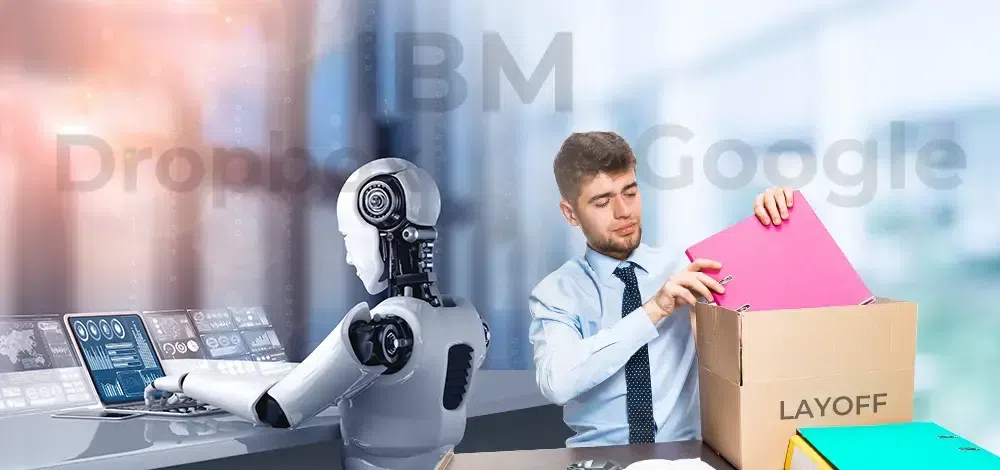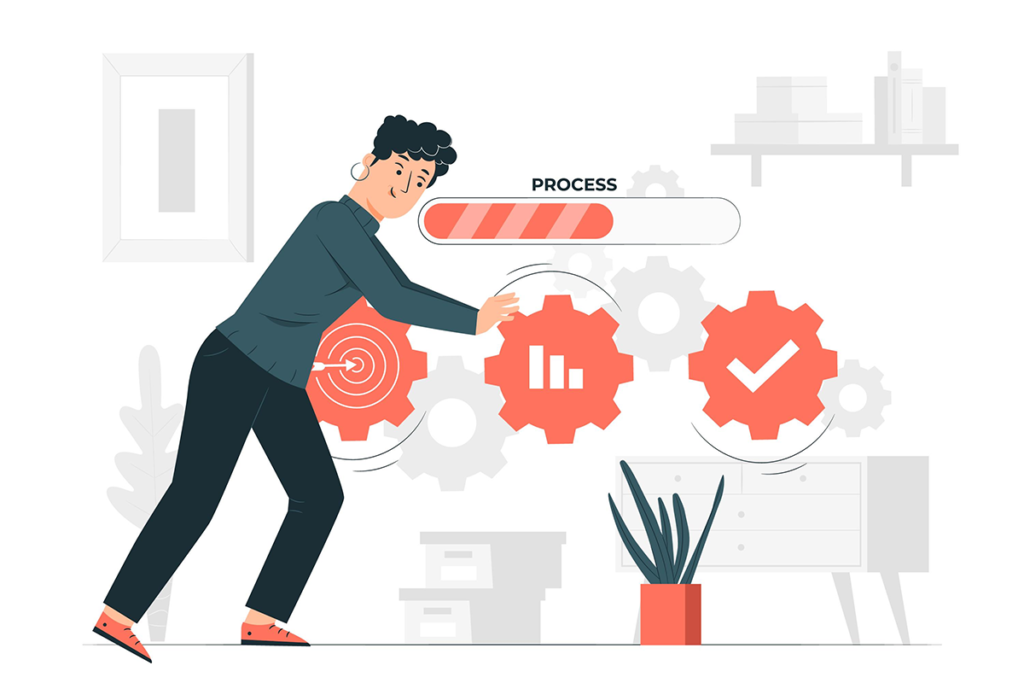Empowerment Through Preparation: Securing the US Workforce Against AI Disruption within 5 years

As artificial intelligence (AI) rapidly infiltrates every corner of America’s economy, a crucial conversation emerges about its impact on the future of work. However, what often goes unnoticed is the profound influence AI has already exerted on millions of workers, often to their detriment.
From Amazon’s use of AI-driven bots to autonomously terminate workers to the pervasive surveillance apps tracking employees’ every move, the specter of AI-induced stress, surveillance, and layoffs looms large. Forecasts predict a seismic shift in employment dynamics, with McKinsey Global Institute estimating that AI could automate up to 30% of current tasks by 2030, displacing 12 million American workers. Goldman Sachs goes even further, projecting the disruption of 300 million jobs worldwide by the same year.
Despite the apprehension among workers, there exists a path forward that mitigates AI’s negative impacts. In countries like Germany, where workers have a say in AI implementation through works councils and strong unions, AI adoption has been smoother and more beneficial for both companies and employees. However, in the United States, where workplace decisions are often top-down, workers find themselves powerless in the face of AI’s encroachment.
To safeguard the interests of America’s workforce, concerted action is needed on multiple fronts. Government intervention should mandate transparency in AI usage and establish mechanisms to vet AI technologies for potential harm to workers. Additionally, incentives for shorter workweeks could mitigate the threat of mass layoffs driven by AI-induced efficiency gains.
Labor unions must educate workers about the potential pitfalls and benefits of AI, empowering them to advocate for safeguards against its adverse effects. Moreover, unions should advocate for training programs to help employees adapt to working alongside AI and ensure that the benefits of increased productivity are shared equitably.
Businesses, recognizing the legitimate concerns surrounding AI, must engage in inclusive dialogues with employees to address fears and solicit input on optimizing AI integration. By fostering collaboration between stakeholders, we can navigate the transformative impact of AI while maximizing its benefits for society as a whole.
As President Biden takes the helm, there’s an opportunity to establish a tripartite panel comprising government, union, and business representatives to chart a path forward for AI in American workplaces. Through proactive measures and collaborative efforts, we can harness the potential of AI to drive prosperity while safeguarding the well-being of workers in the digital age.
In an increasingly AI-driven economy, the headline emphasizes the critical need for proactive measures to empower and protect the US workforce. Here’s a detailed breakdown:

Empowerment Through Preparation
This phrase underscores the importance of readiness and resilience in the face of AI disruption. Rather than viewing AI as an imminent threat, it encourages a mindset shift towards seeing it as an opportunity for growth and advancement. Preparation involves investing in education, upskilling, and reskilling initiatives to ensure that workers are equipped with the tools and knowledge needed to thrive in AI-enabled workplaces.

Securing the US Workforce Against AI Disruption
This part of the headline highlights the urgency of action in safeguarding the workforce against the potential negative impacts of AI technology. It acknowledges the disruptive nature of AI, which ranges from job displacement to increased surveillance and stress. Securing the workforce involves implementing robust policies, regulations, and support mechanisms to mitigate these risks and ensure that the benefits of AI are equitably distributed.

Collaborative Efforts
Addressing the challenges posed by AI disruption requires collaboration across multiple stakeholders, including government agencies, businesses, labor unions, educational institutions, and workers themselves. By working together, these entities can develop comprehensive strategies for managing the transition to an AI-driven economy, ensuring that no one is left behind.

Education and Training
Central to empowerment and preparation is the emphasis on education and training initiatives. This involves providing workers with access to relevant skills development programs, vocational training, and lifelong learning opportunities. By investing in human capital development, organizations and governments can build a resilient workforce capable of adapting to the changing demands of the digital age.
Ethical AI Adoption
As AI technologies continue to advance, it’s essential to prioritize ethical considerations in their development and deployment. This includes ensuring transparency, accountability, and fairness in AI systems to mitigate potential biases and discriminatory outcomes. By promoting responsible AI adoption practices, we can build trust and confidence in these technologies while safeguarding against unintended consequences.
Conclusion of AI Disruption
Preparing the US workforce for AI disruption is imperative for navigating its transformative impact. Empowerment through education, training, and collaborative efforts is essential to mitigate negative outcomes and harness AI’s potential. By prioritizing ethical AI adoption and support mechanisms for affected workers, we can build a future where AI drives inclusive growth. This proactive approach ensures that individuals and communities are equipped to thrive in an AI-driven economy. Ultimately, collective action is crucial in securing a prosperous and equitable future amidst AI disruption.




